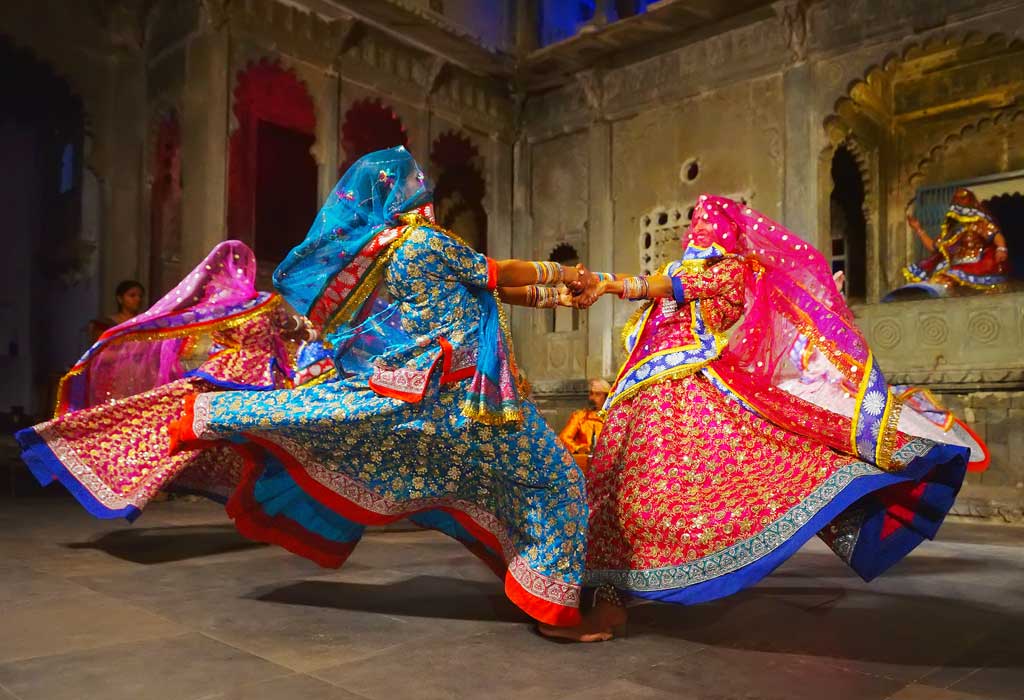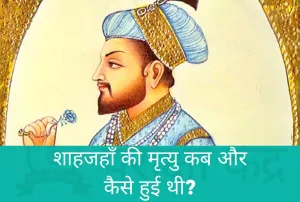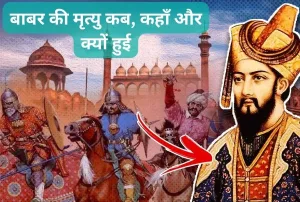Introduction:
Indian art and culture are integral parts of the country’s rich heritage. With a history dating back thousands of years, India boasts a diverse and vibrant artistic tradition. This article explores the significant role of Indian art and culture in education, highlighting its impact on holistic development, fostering creativity, promoting cultural understanding, and nurturing a sense of national identity.
I. The Significance of Indian Art and Culture in Education
Indian art and culture have a profound impact on education, offering numerous benefits to learners of all ages. Let’s delve into some of the key aspects that highlight the significance of integrating Indian art and culture into educational curricula.
Holistic Development through Art and Culture
Art and culture provide a holistic approach to education by nurturing cognitive, emotional, and social development. Exposure to Indian art forms such as painting, sculpture, music, dance, and theater stimulates critical thinking, enhances imagination, and fosters self-expression. By engaging with diverse art forms, students develop a well-rounded perspective and cultivate a sense of aesthetic appreciation.
Cultivating Creativity and Innovation
Indian art and culture encourage creativity and innovation among students. These forms of expression promote divergent thinking, problem-solving skills, and the ability to think outside the box. By exploring various art mediums and techniques, students develop their unique artistic voice and learn to appreciate different creative approaches.
Promoting Cultural Understanding and Tolerance
Incorporating Indian art and culture in education nurtures cultural understanding and tolerance. By exploring different art forms, students gain insights into the cultural practices, beliefs, and values of diverse communities within India. This exposure helps foster respect, empathy, and appreciation for cultural diversity, promoting a harmonious and inclusive society.
II. Integrating Indian Art and Culture into the Education System
To harness the benefits of Indian art and culture in education, it is crucial to integrate them effectively into the education system. Here are some approaches that can be adopted:
Curriculum Integration
Indian art and culture should be integrated into the formal curriculum across subjects, enabling students to explore the artistic heritage of their country alongside academic learning. For example, history lessons can include discussions on famous Indian artists, while science classes can explore the role of geometry in traditional Indian architecture.
Extracurricular Activities
Extracurricular activities play a vital role in providing students with practical experiences in Indian art and culture. Schools can organize art exhibitions, cultural festivals, music and dance competitions, and theater performances to provide platforms for students to showcase their talents and immerse themselves in the rich cultural fabric of India.
Conclusion:
Indian art and culture play a crucial role in education, contributing to holistic development, fostering creativity, promoting cultural understanding, and nurturing a sense of national identity. By integrating Indian art and culture into the education system, we can provide students with a comprehensive and enriching learning experience. It is imperative for educational institutions, policymakers, parents, and the community to collaborate in creating a curriculum that values and celebrates the diverse artistic heritage of India.
Indian art and culture enhance students’ academic performance by fostering creativity, critical thinking, and problem-solving skills. The interdisciplinary nature of art and culture allows students to make connections across various subjects, leading to a more holistic understanding of academic concepts.
Yes, Indian art and culture have a positive impact on student’s mental well-being. Engaging in creative activities reduces stress, improves self-esteem, and provides an outlet for emotional expression. Additionally, the meditative qualities of certain art forms, such as classical Indian music, can promote relaxation and mindfulness.
Schools can collaborate with local artists and cultural organizations by inviting them to conduct workshops, lectures, or performances for students. These collaborations not only expose students to different art forms but also provide opportunities for interaction with artists and experts in the field.
Some challenges in integrating Indian art and culture into the education system include a lack of awareness among educators, limited resources, and time constraints within the existing curriculum. Overcoming these challenges requires collective efforts from educational institutions, policymakers, and the community.
Parents can support the integration of Indian art and culture by encouraging their children’s participation in extracurricular activities related to art and culture. They can also visit museums, art galleries, and cultural events together as a family to expose children to diverse artistic experiences.












